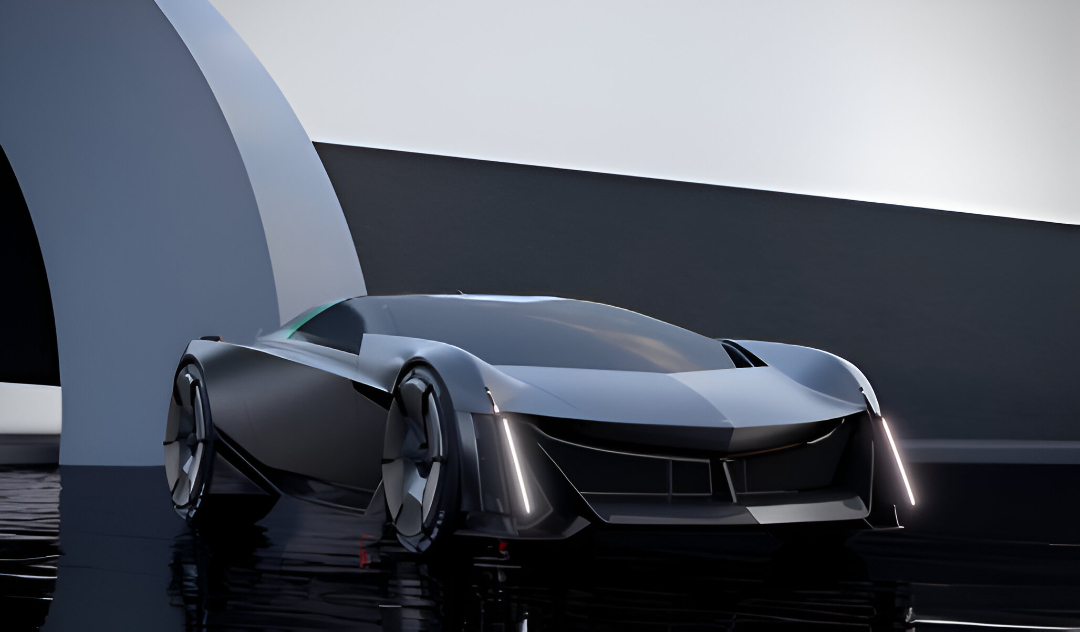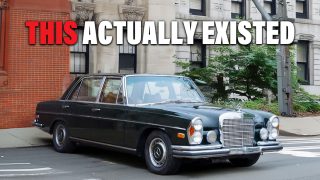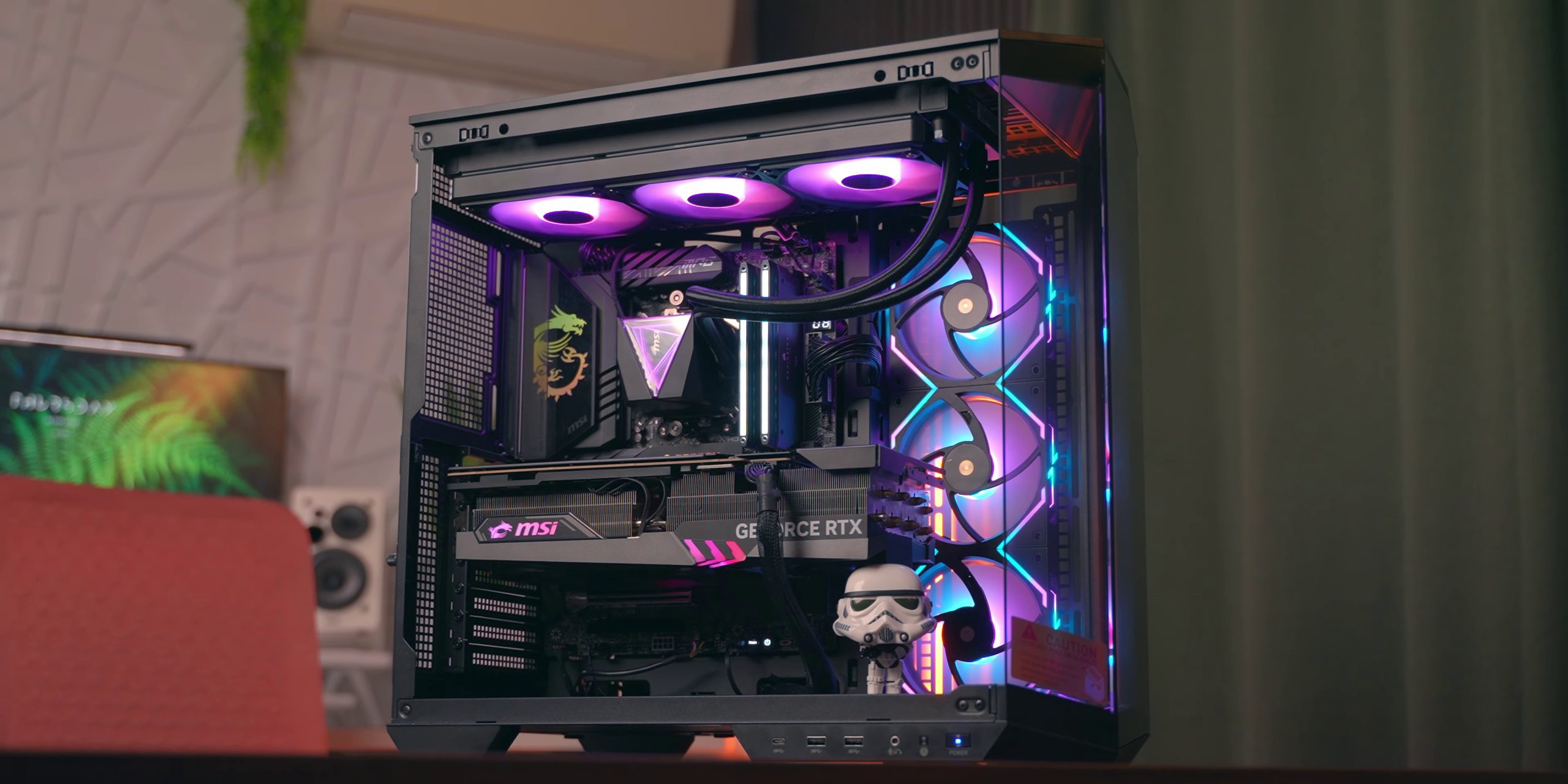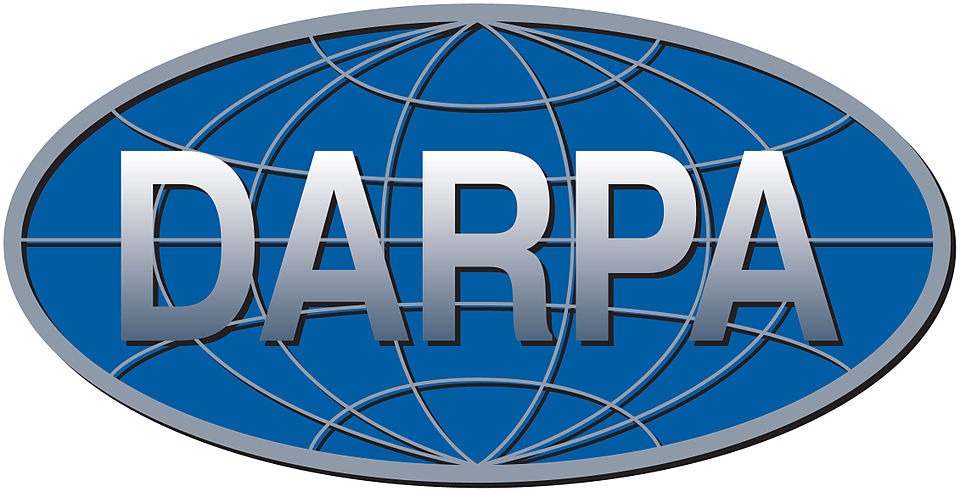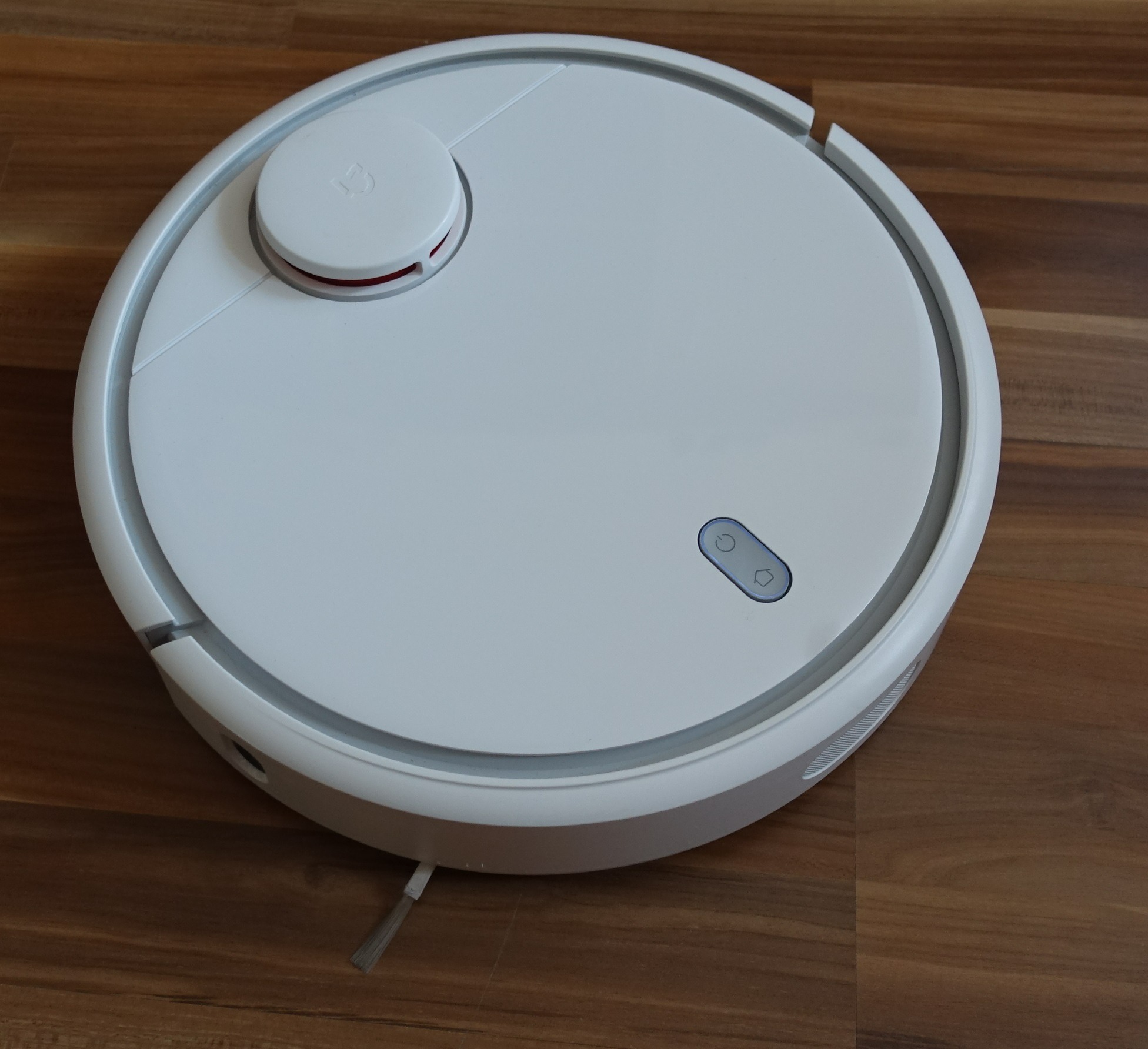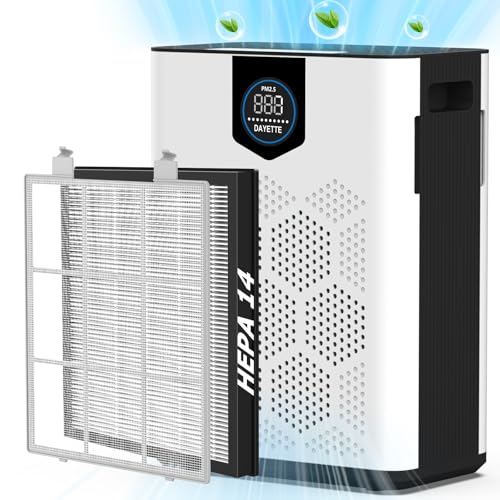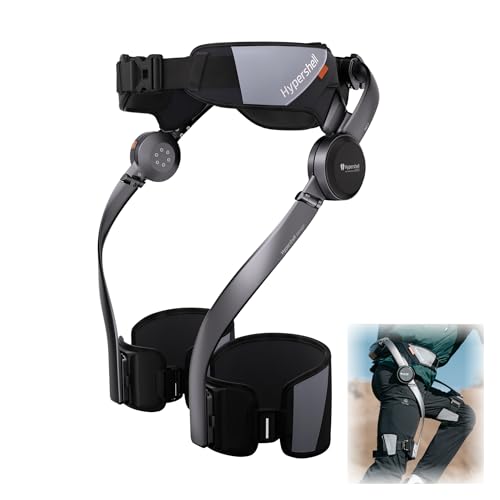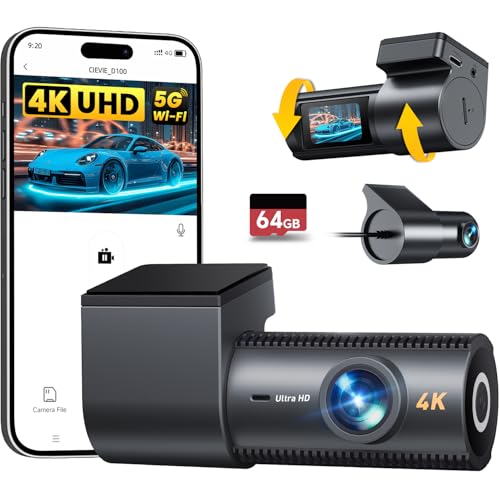The Cadillac Fuertiq is a future concept car you must see to believe—a daring fusion of elegance, aggression, and sci-fi inspiration. Designed by Byungwoo Ryu, this visionary vehicle pays homage to Cadillac’s storied legacy while pushing the envelope with ultra-low proportions, military-style detailing, and hyper-aerodynamic lines. Think of it as the kind of machine Bruce Wayne might upgrade to. This slideshow breaks down ten key design elements that make the Fuertiq a bold blueprint for the next era of luxury performance.
Bruce Wayne-Inspired Aesthetics

The Cadillac Fuertiq looks like it was designed for Gotham City’s most famous billionaire. With its menacing presence and sophisticated detailing, it perfectly balances the dual nature of Bruce Wayne’s character. The design language speaks to both the elegant socialite and the tactical vigilante aspects of Batman’s persona. Unlike the purely utilitarian Tumbler or the theatrical Burton-era Batmobile, the Fuertiq maintains luxury car credibility. It represents what might happen if Wayne Enterprises decided to develop a street-legal supercar without compromising on style. The black finish and aggressive angles create an intimidating silhouette that commands attention on any road. This Batman-esque aesthetic isn’t just superficial—it informs every aspect of the vehicle’s design philosophy.
Monolithic Profile

From the side, the Fuertiq resembles a meticulously crafted blade—low, stretched, and precisely geometric. The incredibly low ride height pushes conventional boundaries, placing the cabin closer to the road than almost any production car. An impossibly extended wheelbase creates dramatic proportions that make even dedicated GT cars appear compact by comparison. The profile maintains an unbroken, horizontal flow that emphasizes the vehicle’s length and speed potential. There’s a sense of mathematical precision to every line, as if each angle was calculated rather than merely sketched. The monolithic shape suggests a vehicle designed in zero gravity, prioritizing aerodynamics over practical concerns like ground clearance. This silhouette communicates raw speed and purpose, with every element contributing to the impression of forward motion.
Revolutionary Lighting Design

Cadillac’s signature vertical lighting receives a radical reinterpretation that pushes the brand’s identity into new territory. Razor-thin LED strips run along the front edges like digital daggers, creating an instantly recognizable face for the concept. The lighting elements aren’t merely decorative—they appear integrated into the structural design of the vehicle. These vertical light signatures are balanced against minimal horizontal elements to maintain the car’s knife-edge aesthetic. At the rear, twin LED spines drop down like cybernetic vertebrae, framing the vehicle’s aggressive tail section. The lighting design serves both practical illumination and brand identification functions while advancing Cadillac’s design language. In darkness, these elements would likely create a distinctive light signature unlike anything else on the road.
Aggressive Front Architecture

The front end features deep-cut intakes that appear capable of vacuuming the very air in their path. What would traditionally be a grille is reimagined as mostly negative space—an inverted snarl broken only by a central dividing line. This centerline splits the car like a surgical incision, reinforcing the precision engineering behind the design. Nothing about the front appears purely decorative; even stylistic elements suggest aerodynamic or cooling functions. The hood features subtle ridging that likely serves both structural and downforce-generating purposes. The entire front architecture conveys a sense of purpose-built performance rather than conventional automotive styling. Despite its aggressive stance, the design maintains Cadillac’s luxury credentials through exceptional attention to detail.
Militarized Rear Design

The rear section adopts a military-inspired approach that emphasizes power and technological sophistication. An exhaust or diffuser setup resembles something from an advanced aircraft or even an alien spacecraft design. Materials appear to be forged under pressure, with blade-cut edges and sharp intersections serving both style and function. The transparent engine cover or aerodynamic intake sitting above the rear section emphasizes the technical nature of the concept. “Cadillac Vision Fuertiq” and the number “16” are prominently displayed, potentially nodding to Cadillac’s historic V16 engines. The entire rear architecture prioritizes airflow management and visual drama in equal measure. This militarized approach to the rear design suggests performance capabilities beyond conventional automotive standards.
Revolutionary Wheel Design

The Fuertiq’s wheels represent a complete departure from traditional rim design, resembling turbine fans merged with brutalist sculpture. Fully enclosed with radial blades, these wheels prioritize aerodynamic efficiency while creating a substantial visual impact. The Cadillac logo at the center provides the only conventional brand element, dwarfed by the wheel’s industrial presence. These aren’t merely decorative rims but rather integral components of the vehicle’s overall performance philosophy. Their design echoes LMDh race prototypes while pushing beyond regulated motorsport constraints. The wheels’ enclosed nature suggests active aerodynamic management of airflow around the vehicle’s lower sections. This revolutionary approach to wheel design emphasizes the concept’s focus on next-generation performance.
Dystopian Haute Couture Styling

The Fuertiq transcends traditional automotive design categories by embodying a dystopian haute couture aesthetic. While Batmobile influences are evident, they’re filtered through a design language that feels more like high-end fashion for a sci-fi age. The concept appears birthed from advanced CAD simulations and artificial intelligence with impeccable taste rather than conventional design. There’s an underlying sense of controlled aggression and refined menace throughout the car’s appearance. The Fuertiq doesn’t merely borrow from sci-fi tropes but creates its visual language of futuristic luxury. This approach positions the concept as wearable art or architectural statement as much as transportation. The styling suggests a future where luxury is expressed through precision engineering rather than traditional opulence.
Canopy Integration

An uninterrupted flow of matte-black glass slices through the roofline, creating a cockpit designed for aerodynamic efficiency. The roofline barely crests above the fenders, with the glass canopy melting seamlessly into the body structure. This integration creates the impression of a single, contiguous form rather than separate body panels and windows. The canopy design suggests a fighter jet or advanced racing prototype influence translated into luxury vehicle language. Visibility would likely be panoramic from within despite the aggressive exterior proportions and minimal glass height. The entire structure reads as a single thought expressed in metal and glass rather than assembled components. This seamless integration represents a manufacturing challenge that pushes the boundaries of production capabilities.
Material Language

The Fuertiq’s material choices appear deliberately distinct from conventional automotive surfaces and finishes. There’s a notable absence of trendy carbon fiber; instead, materials look forge-pressed and industrially engineered. Surface treatments suggest advanced metallurgy and composite manufacturing beyond current production techniques. The predominantly dark palette is broken by subtle material transitions that emphasize structural elements. Light plays across the surfaces in ways that highlight the geometric precision of each panel and junction. These material choices communicate durability and performance while maintaining luxury through exceptional quality. The overall material language suggests military-grade engineering refined for civilian luxury applications.
Cadillac’s Extreme Legacy

The Fuertiq embodies Cadillac’s historical willingness to embrace extreme design when others played it safe. This concept carries the same audacious spirit that produced the 1959 Eldorado’s dramatic fins and bold styling cues. It references the legacy of Cadillac’s V16 engines—engineering marvels that demonstrated technical superiority in their era. Unlike retro-inspired concepts, the Fuertiq honors Cadillac’s heritage by being equally boundary-pushing for its time. The design is brutally modern yet recognizably Cadillac through its commitment to dramatic proportions and visual impact. It suggests a future direction where Cadillac reclaims its position as America’s most forward-thinking luxury brand. The Fuertiq represents not just what Cadillac could build, but what it might inspire in the next generation of automotive design.


